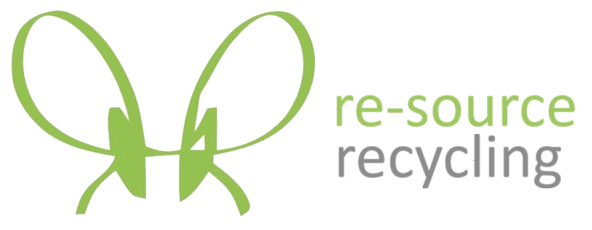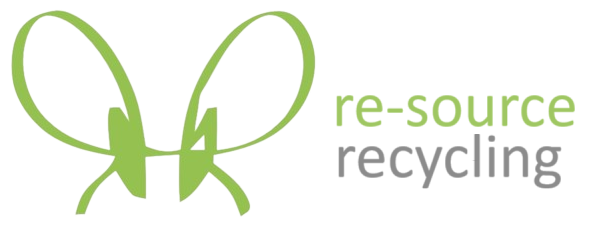Case Study: Sustainable Destruction of Tainted Condensed Milk
Client Background: A major milk products manufacturer found itself with a surplus of tainted condensed milk, totaling over 300 pallets. Suspected contamination rendered the product unsuitable for consumption, requiring sustainable destruction methods to prevent any potential harm or misuse.
Challenge: The challenge for the milk manufacturer was to safely and sustainably dispose of the large quantity of tainted canned condensed milk. This required ensuring that the disposal process not only eliminated any risk of the contaminated product re-entering the market but also minimized environmental impact and maximized resource recovery.
Solution:
- Manual Separation: The first step in the disposal process involved manual separation of the cans from the packaging. This meticulous separation ensured the ability to recycle the packaging materials, such as cardboard and plastic effectively. By segregating the packaging materials, the manufacturer aimed to minimize waste and maximize recycling potential.
- Anaerobic Digestion: The tainted condensed milk was directed to an anaerobic digester for liquid disposal. Anaerobic digestion is a sustainable waste management process that breaks down organic materials in an oxygen-free environment, producing biogas and nutrient-rich digestate. By sending the liquid portion of the tainted milk to an anaerobic digester, the manufacturer ensured the efficient and environmentally friendly disposal of the liquid waste.
Implementation:
- Segregation Process: Trained personnel manually separated the cans containing tainted condensed milk from the surrounding packaging materials, such as cardboard and plastic. The separated cans were mechanically shredded, to enable the seperation of the milk products from the cans.
- Liquid Disposal: The liquid portion of the tainted condensed milk was transported to an anaerobic digester facility equipped to handle organic waste. There, the liquid underwent anaerobic digestion, breaking down the organic matter and converting it into biogas and digestate.
- Recycling: All residual materials, cans, cardboard and plastics were successfully recycled and used to manufacture new products contributing to resource conservation and environmental sustainability.
Results:
- Safe Disposal: The sustainable destruction process ensured the safe disposal of over 300 pallets of old and tainted condensed milk, eliminating the risk of the contaminated product entering the market and causing harm to consumers.
- Resource Recovery: By segregating and recycling the packaging materials, the manufacturer maximized resource recovery and minimized waste generation. The materials were diverted from landfills and repurposed for manufacturing new products.
- Environmental Impact: Utilizing anaerobic digestion for liquid disposal reduced the environmental impact of the tainted milk disposal process. Anaerobic digestion is a renewable energy technology that generates biogas, a valuable energy source, while also producing nutrient-rich digestate for use as fertilizer.


